Amazon unveiled the electric delivery van that is being built by Michigan-based EV startup Rivian. The delivery giant aims to have 10,000 vehicles on the road by 2022 and 100,000 by 2030.
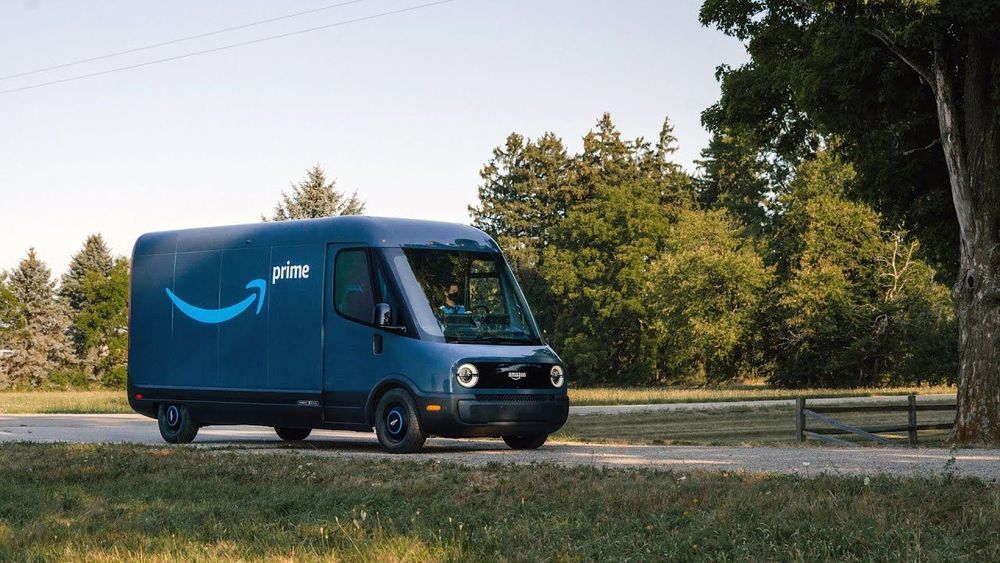

Amazon unveiled the electric delivery van that is being built by Michigan-based EV startup Rivian. The delivery giant aims to have 10,000 vehicles on the road by 2022 and 100,000 by 2030.
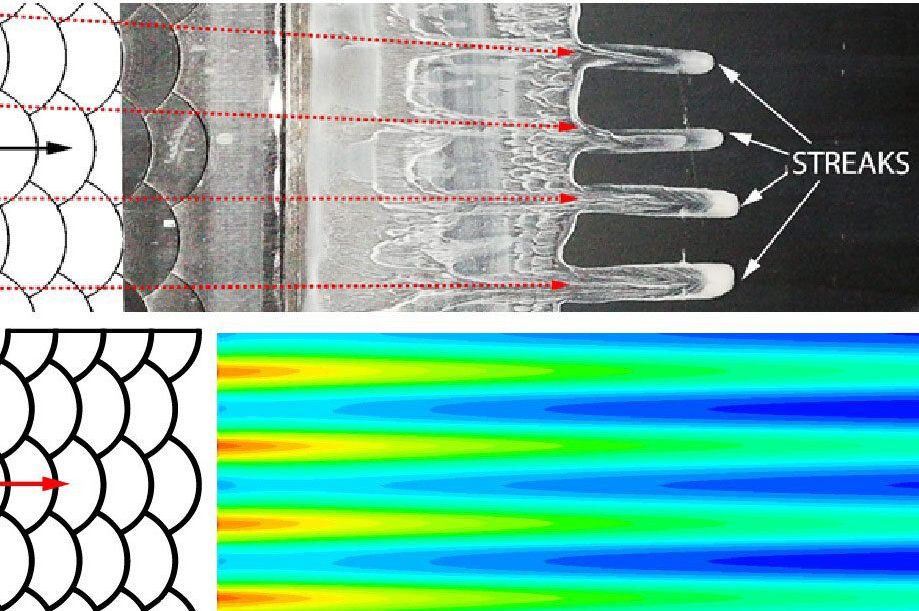
The team’s findings have been published in Nature: Scientific Reports: “Transition delay using biomimetic fish scale arrays,” and in the Journal of Experimental Biology: “Streak formation in flow over biomimetic fish scale arrays.”
Reducing drag means faster aircraft speeds and less fuel consumption—an important area of study for aerodynamicists such as Professor Bruecker, City’s Royal Academy of Engineering Research Chair in Nature-Inspired Sensing and Flow Control for Sustainable Transport, and City’s Sir Richard Oliver BAE Systems Chair for Aeronautical Engineering.
Through their biomimetic study, Professor Bruecker’s team has discovered that the fish-scale array produces a zig-zag motion of fluid in overlapping regions of the surface of the fish, which in turn causes periodic velocity modulation and a streaky flow that can eliminate Tollmien-Schlichting wave induced transition to reduce skin friction drag by more than 25 percent.
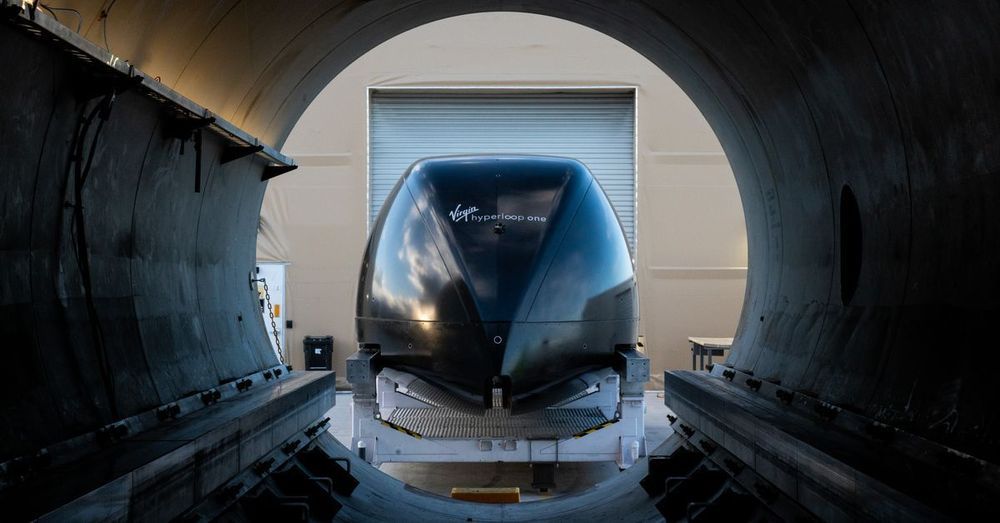
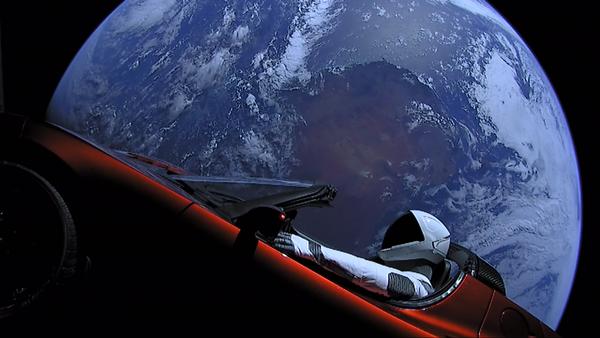
Yes, it is True! A Tesla car is cruising space! The founder of SpaceX Elon Musk wanted to launch a ‘silly’ payload for SpaceX’s Falcon Heavy rocket debut flight because a rocket’s first flight has potential to fail. Typically, aerospace companies launch massive concrete blocks as mass simulators during risky rocket flights. As the dreamer that Musk is, he opted to launch something that would inspire the public to dream big and look at the stars — his flashy midnight cherry Tesla Roadster. The electric vehicle became the crazy payload for the rocket’s launch.
On February 6, 2018, SpaceX conducted Falcon Heavy’s debut flight; It lifted-off from historic launch Pad 39A at NASA Kennedy Space Center in Cape Canaveral, Florida. The successful test turned Falcon Heavy into the most powerful rocket in operation, it produced about five million pounds of thrust (22MN). During the mission, SpaceX shared Live footage as the Tesla Roadster was placed into orbit. It was a very inspiring to watch an actual car orbiting around Earth with, a mannequin dressed as an astronaut, positioned in the Tesla driver’s seat; while the radio played “Life on Mars” by David Bowie (video below). After the awe-inspiring launch, Musk wholeheartedly said — “Life cannot just be about solving one sad problem after another. There need to be things that inspire you, that make you glad to wake up in the morning and be part of humanity. That is why we did it. We did for you.”
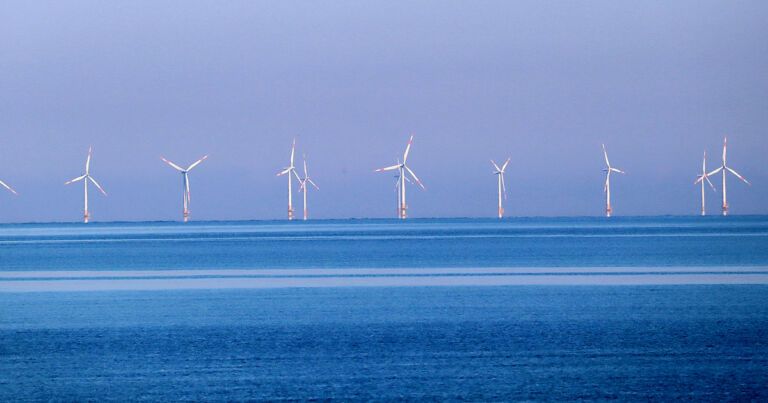
Ramping Up
Johnson announced that the U.K. would invest about £160 million ($207 million) that will go toward factories that would develop new turbines as well as floating offshore turbines themselves. In order to power every home in the U.K., those turbines would need to generate about 40 GW of power, Engadget reports. That’s four times the nation’s current wind energy output.
“Your kettle, your washing machine, your cooker, your heating, your plug-in electric vehicle, the whole lot of them will get their juice cleanly and without guilt from the breezes that blow around these islands,” Johnson announced at the U.K. Conservative party conference.
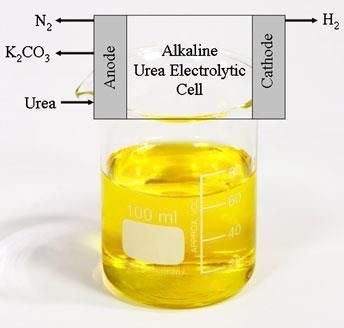
Circa 2009
Whizz electrocatalyst frees the hydrogen from ‘liquid gold’
US researchers have developed an efficient way of producing hydrogen from urine — a feat that could not only fuel the cars of the future, but could also help clean up municipal wastewater.
Using hydrogen to power cars has become an increasingly attractive transportation fuel, as the only emission produced is water — but a major stumbling block is the lack of a cheap, renewable source of the fuel. Gerardine Botte of Ohio University may now have found the answer, using an electrolytic approach to produce hydrogen from urine — the most abundant waste on Earth — at a fraction of the cost of producing hydrogen from water.

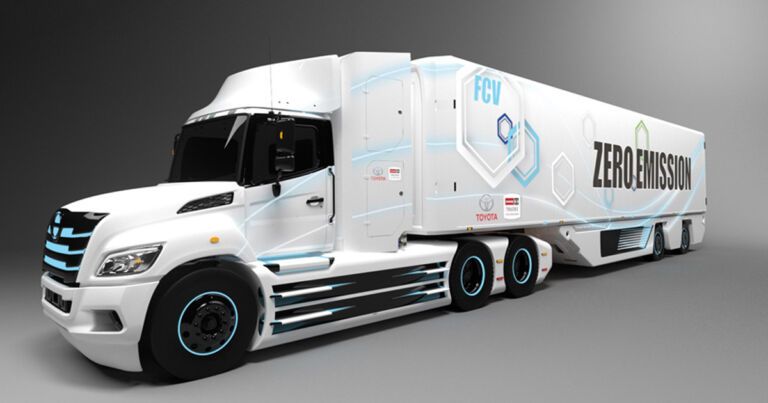
The Japanese carmaker’s North America division will be partnering with Hino USA, a commercial vehicles manufacturer, to produce the “heavy” Class 8 fuel cell truck specifically for the North American market.
The truck itself will be based on the existing Hino XL Series chassis and powered by Toyota’s fuel cell technology.
Toyota is planning to show off the first demonstration vehicle in the first half of 2021, but we still know little about it. The prototype of a prior initiative called Project Portal 2.0 may provide some clues: revealed in 2018, the prototype was a 670 horsepower semi with 1,325 pound-feet of torque and a towing capacity of 80,000 pounds. Its fuel cells gave it a reported range of 300 miles, CNET reports.

Mercedes-Benz teased two new electric vehicle variants, the EQS and EQE, which will both come in sedan and SUV models. The automaker plans to release six new electric vehicles over the next two years.
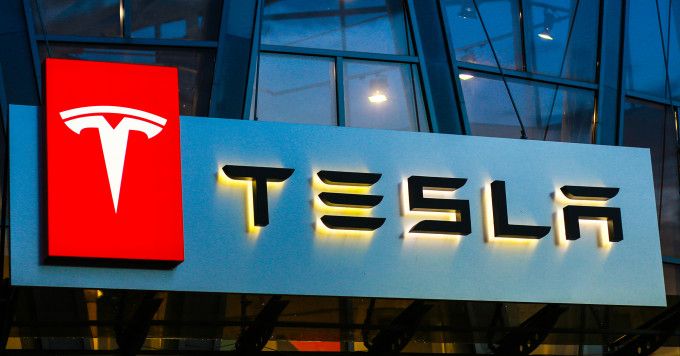
Tesla apparently has a new strategy for dealing with journalists: Don’t deal with them at all.
The electric car giant has dissolved its global public relations team, leaving the press with no formal point of contact at the world’s most valuable automaker, a new report says.
Essentially every staffer who used to work in Tesla’s PR office has either moved to a different position at the company or left altogether, according to electric vehicle industry blog Electrek, which said the move to disband the department was confirmed “at the highest level at Tesla.”